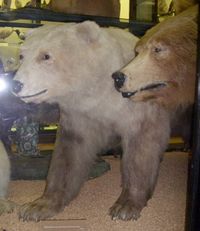انعزال تكاثري
انعزال تكاثري Reproductive isolation، هو فصل مجموعة من شعب نوع population species عن المجموعات الأخرى له، وبالتالي لا يحدث انسياب جيني بينهما. وتميل هذه المجموعةالمفصولة لأن تصبح أكثر تمزيا مع الزمن.[1]
. . . . . . . . . . . . . . . . . . . . . . . . . . . . . . . . . . . . . . . . . . . . . . . . . . . . . . . . . . . . . . . . . . . . . . . . . . . . . . . . . . . . . . . . . . . . . . . . . . . . . . . . . . . . . . . . . . . . . . . . . . . . . . . . . . . . . . . . . . . . . . . . . . . . . . . . . . . . . . . . . . . . . . . .
آليات العزلة التي تحدث قبل التزاوج أو الجماع (قبل لاقحي العزلة)
موطن العزلة
العزلة الجنسية بسبب سلوك أو تصرف
العزلة الميكانيكية
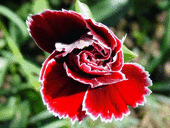
000
انعزال عرسي
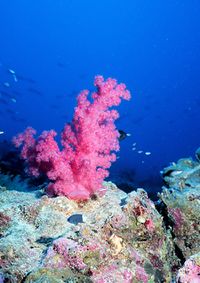
آليات العزلة التي تحدث بعد تكاثر أو الجماع (post-zygotic isolation)
Zygote mortality and non-viability of hybrids
Hybrid sterility
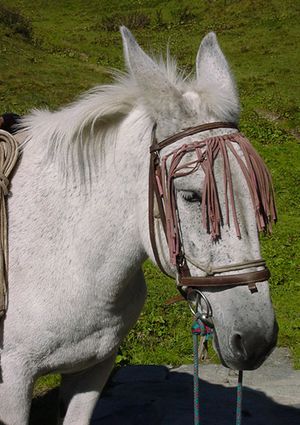
آليات متعددة
هجين بين الجنسين (قاعدة هالدين)
The genetics of reproductive isolation barriers
Pre-copulatory isolation mechanisms in animals
آليات الانعزال الجماعي أو الإخصابي في الحيوانات
. . . . . . . . . . . . . . . . . . . . . . . . . . . . . . . . . . . . . . . . . . . . . . . . . . . . . . . . . . . . . . . . . . . . . . . . . . . . . . . . . . . . . . . . . . . . . . . . . . . . . . . . . . . . . . . . . . . . . . . . . . . . . . . . . . . . . . . . . . . . . . . . . . . . . . . . . . . . . . . . . . . . . . . .
آليات الانعزال الإخصابي في النباتات
عدم التوافق التي تسببها الكائنات الحية الدقيقة
تحديد الانعزال التكاثري
| Generation | Percentage of hybrids |
|---|---|
| 1 | 49 |
| 2 | 17,6 |
| 3 | 3,3 |
| 4 | 1,0 |
| 5 | 1,4 |
| 10 | 0,6 |
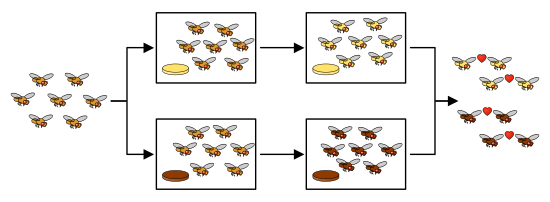
انظر أيضا
الهوامش
a. ^ The DNA of the mitochondria and chloroplasts is inherited from the maternal line, i.e. all the progeny derived from a particular cross possess the same cytoplasm (and genetic factors located in it) as the female progenitor. This is because the zygote possesses the same cytoplasm as the ovule, although its nucleus comes equally from the father and the mother.[4]
قائمة المراجع
- Barton N., Bengtsson B. O. (1986), "The barrier to genetic exchange between hybridising populations", Heredity 57 (3): 357–376, doi:, PMID 3804765.
- Barton N., Hewitt G. M. (1985), "Analysis of hybrid zones", Annual Review of Ecology and Systematics 16 (1): 113–148, doi:.
- Baker H G (1959), "Reproductive methods as factors in speciation in flowering plants", Cold Spring Harb Symp quant Biol 24: 177–191, PMID 13796002.
- Grant V (1966), "The selective origin of incompatibility barriers in the plant genus Gilia", Am Nat 100 (911): 99–118, doi:.
- Grant K, Grant V (1964), "Mechanical isolation of Salvia apiana and Salvia mellifera (Labiatae)", Evolution 18 (2): 196–212, doi:.
- Grun P, Radlow A (1961), "Evolution of barriers to crossing of self-incompatible and self-compatible species of Solanum", Heredity 16 (2): 137–143, doi:.
- Jain S K, Bradshaw A D (1966), "Evolutionary divergence among adjacent plant populations. I. The evidence and its theoretical analysis", Heredity 21 (3): 407–441, doi:.
- Mayr, E. 1963. Animal species and evolution. Harvard University Press, Cambridge.
- McNeilly T (1967), "Evolution in closely adjacent plant populations. III. Agrostis tenuis on a small copper mine", Heredity 23 (1): 99–108, doi:.
- Stebbins G L (1958), "The inviability, weakness, and sterility of interspecific hybrids", Adv Genet 9: 147–215, doi:, PMID 13520442.
- Strickberger, M. 1978. Genética. Omega, Barcelona, España, p.: 874-879. ISBN 84-282-0369-5
- Casares, P. 2008. Genética de poblaciones y evolutiva. Capítulo 17. Genética del aislamiento reproductivo. Universidad de Oviedo, España.[5]
. . . . . . . . . . . . . . . . . . . . . . . . . . . . . . . . . . . . . . . . . . . . . . . . . . . . . . . . . . . . . . . . . . . . . . . . . . . . . . . . . . . . . . . . . . . . . . . . . . . . . . . . . . . . . . . . . . . . . . . . . . . . . . . . . . . . . . . . . . . . . . . . . . . . . . . . . . . . . . . . . . . . . . . .
المصادر
- ^ عبد الجليل هويدي، محمد أحمد هيكل (2004). أساسيات الجيولوجيا التاريخية. مكتبة الدار العربية للكتب.
- ^ خطأ استشهاد: وسم
<ref>غير صحيح؛ لا نص تم توفيره للمراجع المسماةKoop - ^ خطأ استشهاد: وسم
<ref>غير صحيح؛ لا نص تم توفيره للمراجع المسماةDodd - ^ خطأ استشهاد: وسم
<ref>غير صحيح؛ لا نص تم توفيره للمراجع المسماةStrickberger - ^ Información de la asignatura
